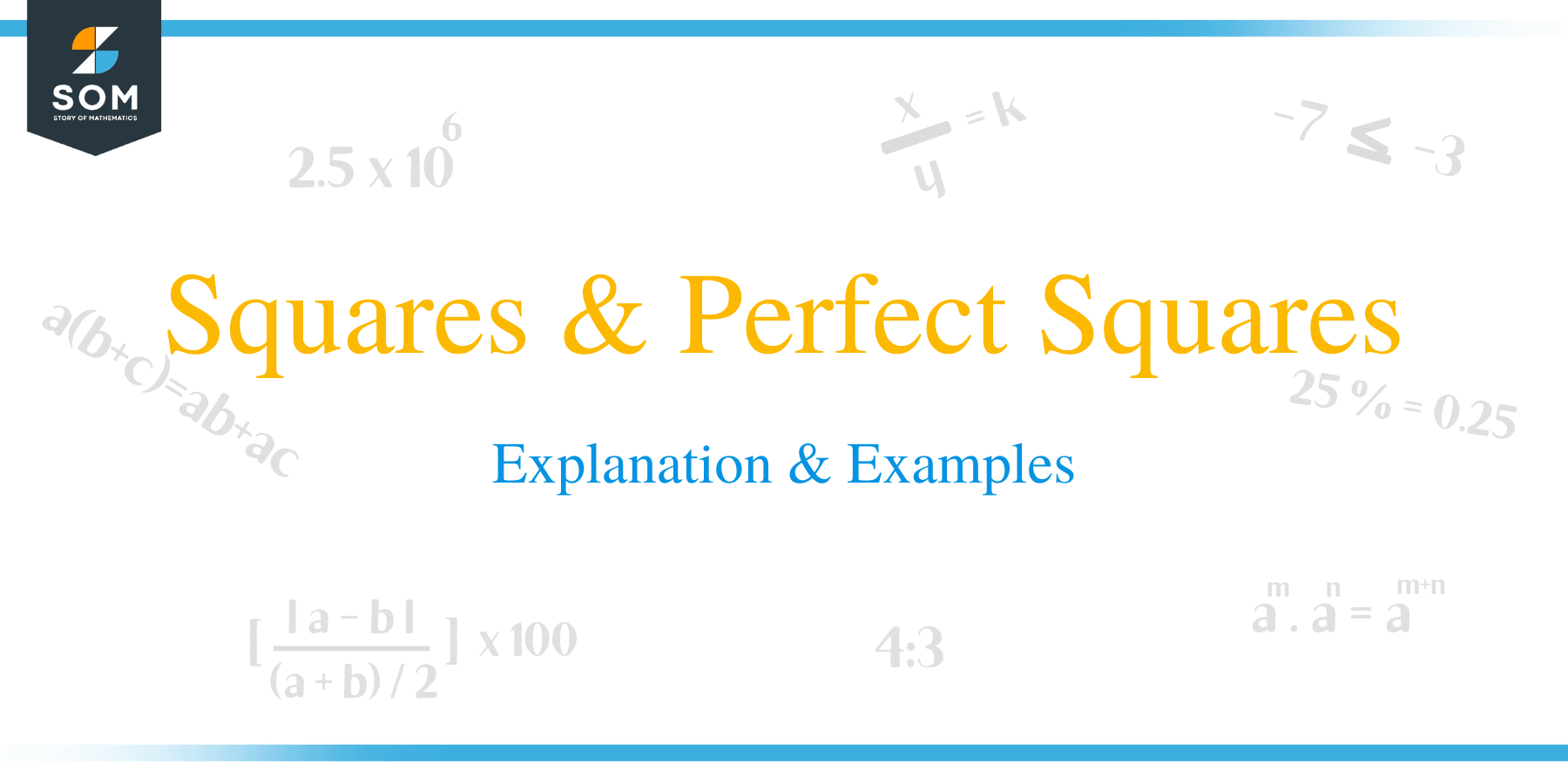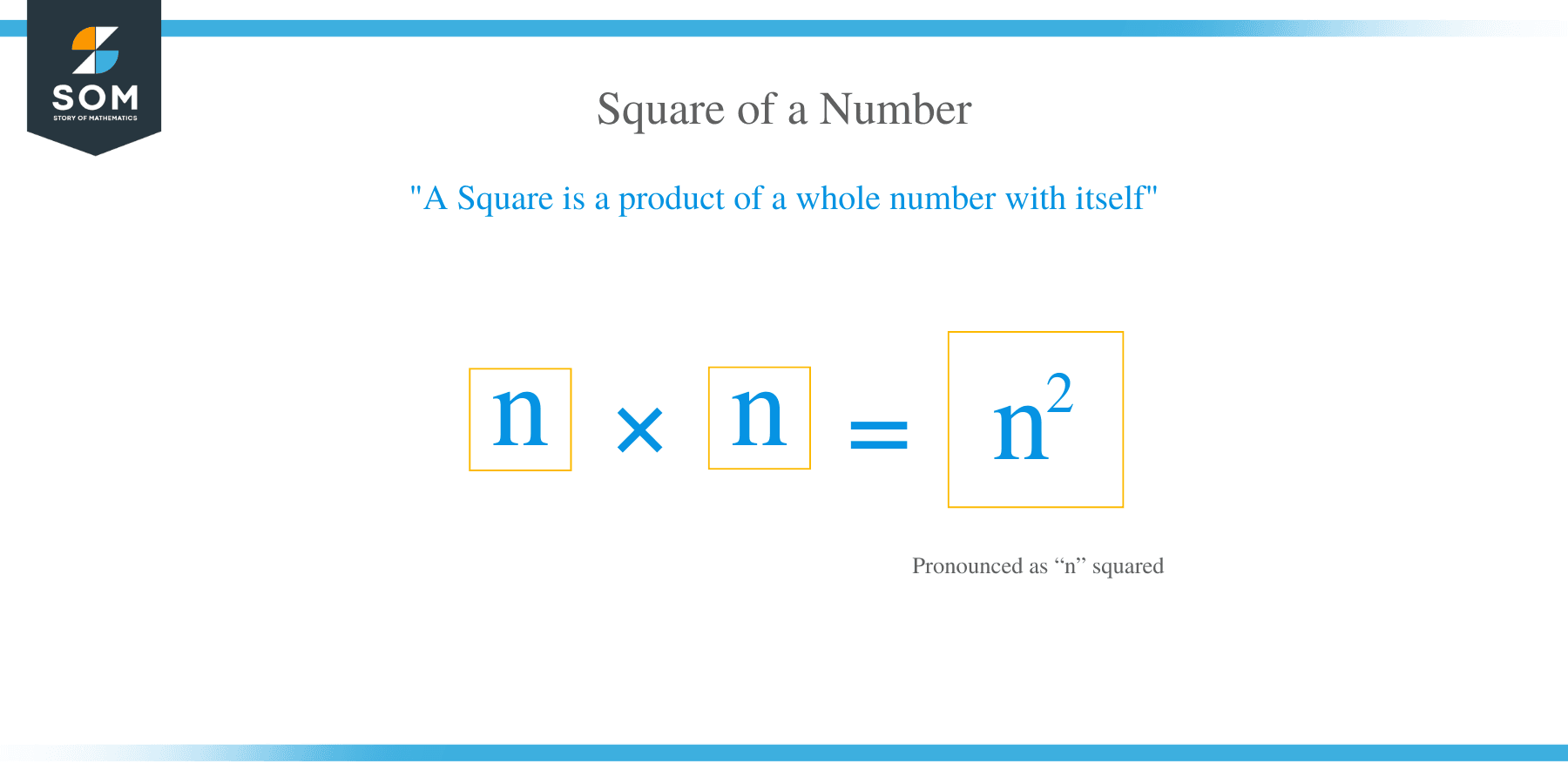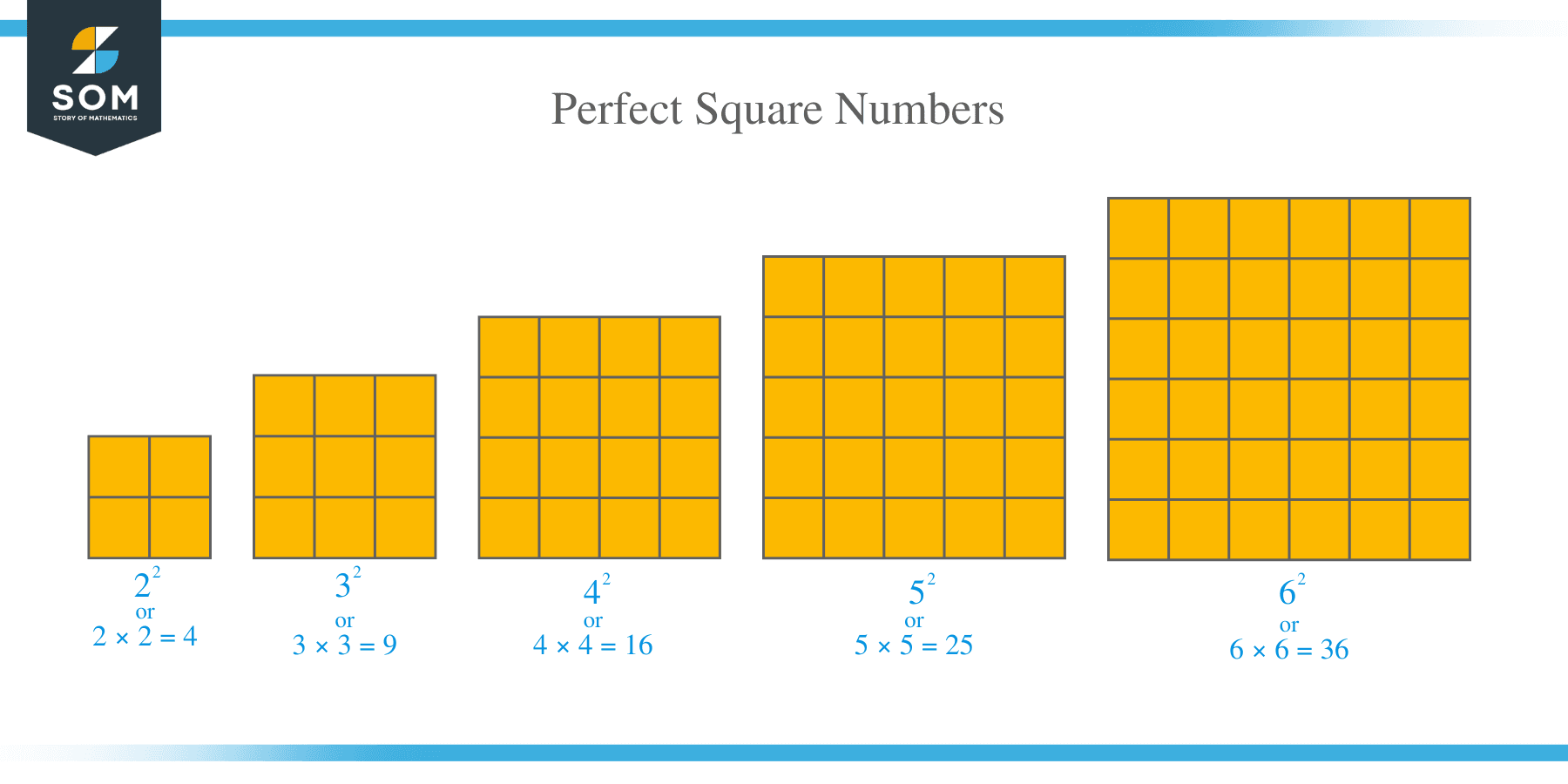- Home
- >
- Squares & Perfect Squares – Explanation & Examples
JUMP TO TOPIC
Squares & Perfect Squares – Explanation & Examples
 In mathematics, a square is a product of a whole number with itself. For instance, the product of a number 2 by itself is 4. In this case, 4 is termed as a perfect square.
In mathematics, a square is a product of a whole number with itself. For instance, the product of a number 2 by itself is 4. In this case, 4 is termed as a perfect square.
A square of a number is denoted as n × n. Similarly, the exponential notation of the square of a number is n 2, usually pronounced as “n” squared. Square numbers are usually non-negative.
What is a Perfect Square?
A perfect square is a number that is generated by multiplying two equal integers by each other. For example, the number 9 is a perfect square because it can be expressed as a product of two equal integers: 9 = 3 x 3.
The first 25 perfect squares can be generated as shown in the table below:
Example 1
| Integer | Perfect square |
| 1 x 1 | 1 |
| 2 x 2 | 4 |
| 3 x 3 | 9 |
| 4 x 4 | 16 |
| 5 x 5 | 25 |
| 6 x 6 | 36 |
| 7 x 7 | 49 |
| 8 x 8 | 64 |
| 9 x 9 | 81 |
| 10 x 10 | 100 |
| 11 x 11 | 121 |
| 12 x 12 | 144 |
| 13 x 13 | 169 |
| 14 x 14 | 196 |
| 15 x 15 | 225 |
| 16 x 16 | 256 |
| 17 x 17 | 289 |
| 18 x 18 | 324 |
| 19 x 19 | 361 |
| 20 x 20 | 400 |
| 21 x 21 | 441 |
| 22 x 22 | 484 |
| 23 x 23 | 529 |
| 24 x 24 | 576 |
| 25 x 25 | 625 |
How can you tell if a number is a Perfect Square?
There are many ways of determining if a number is perfect. A given number can be checked whether it is a perfect square using repeated division by prime factors.
Example 2
For example, to check whether 441 is a perfect square:
- Start by factorizing a number.
441 = 3 × 3 × 7 × 7
- Both numbers exist twice. Make two sets.
441 = 3 × 7 × 3 × 7 - Multiply them.
= 21 × 21
- It can be written as
= 212
- Hence, 441 is a perfect square.
You can also check whether a given number is a perfect square by finding the number’s square root. If the square root of a number is a whole number, then the number is a perfect square
For instance, the square root of 16 is 4. The square root of a number like 24 is not a whole number. Therefore, 24 is not a perfect square.
